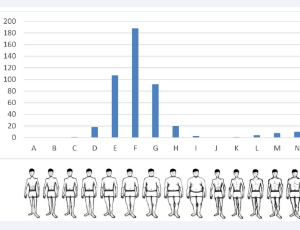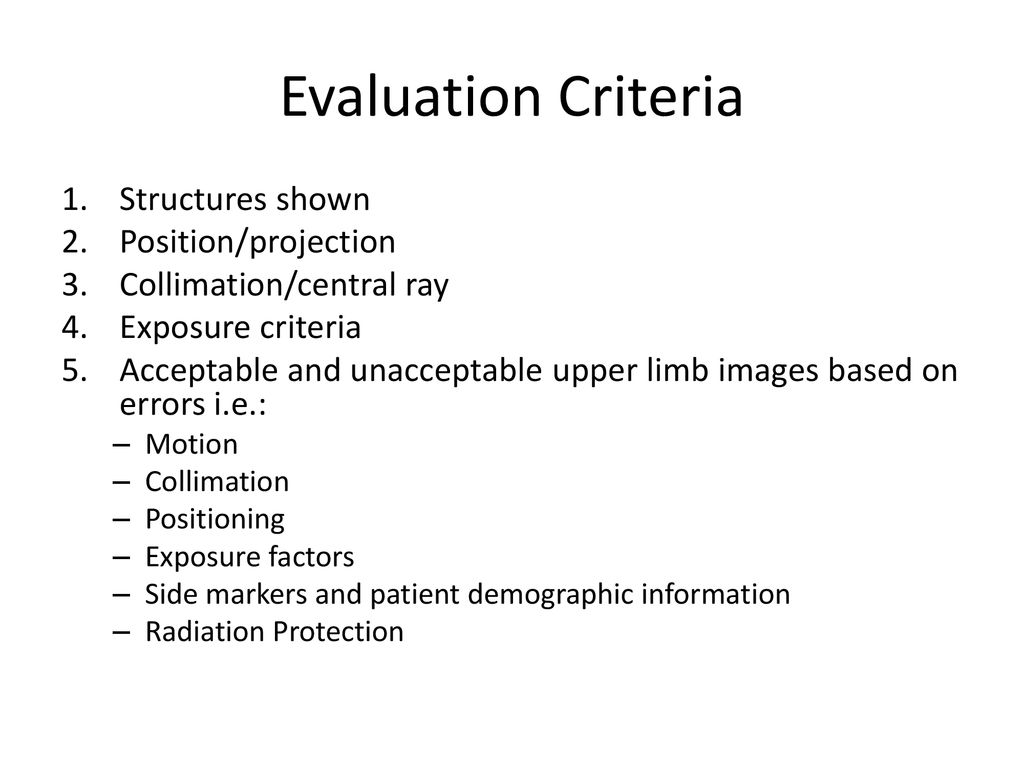
Shoulder Girdle Tanya Nolan. Shoulder Girdle Formed by 2 bones
4.7 (178) In stock

4.7 (178) In stock
Clavicle Long Bone Horizontal oblique plane Doubly curved for strength Function Fulcrum for movements of the arm Acromial Extremity Articulates with acromion process of scapula Sternal Extremity Articulates with the manubrium of sternum & 1 st costal cartilage
Shoulder Girdle Tanya Nolan
Shoulder Girdle Formed by 2 bones Scapula Clavicle Function Connect upper limb to trunk
Clavicle Long Bone Horizontal oblique plane Doubly curved for strength Function Fulcrum for movements of the arm Acromial Extremity Articulates with acromion process of scapula Sternal Extremity Articulates with the manubrium of sternum & 1 st costal cartilage
Scapula Flat Bone 2 surfaces 3 borders 3 angles Anterior
Proximal Humerus Greater Tubercle Attachments Superior: Supraspinatus Middle: Infraspinatus Inferior: Teres Minor Lesser Tubercle Attachments Subscapularis Posterior Biceps Tendon
Biceps Brachii Long Head Tendon Arises from superior margin of glenoid cavity Short Head Tendon Arises from coracoid process Muscle inserts into the radial tuberosity
Bursa Small synovial filled sacs Relieves pressure and reduces friction Injury or age causes calcium deposits seen on x-rays Subcoracoid Bursa Supraspinatus Muscle Long head of biceps muscle
Shoulder Girdle Articulations Scapulohumeral Ball and Socket Acromioclavicular Gliding Sternoclavicular Double Gliding
AP Projection Shoulder ( Anatomic Position, External Rotation )
Greater tubercle and Humeral head in profile Supraspinatus tendon insertion visualized
AP Projection Shoulder ( Neutral Rotation, palm against hip )
Greater Tubercle partially superimposing the humeral head Posterior part of supraspinatus insertion demonstrated Profiles calcific deposits not otherwise visualized
AP Projection Shoulder ( Internal Rotation, posterior hand against hip )
Lesser Tubercle in profile Proximal humerus in true lateral position Insertion site of subscapular tendon demonstrated
Transthoracic Lateral Projection Shoulder (Lawrence Method) What do you do if the patient cannot sufficiently elevate the unaffected shoulder
Transthoracic Lateral Shoulder
Inferosuperior Axial Projection Lawrence Method Degree of angulation of CR depends on abduction of arm
Inferosuperior Axial Projection Lawrence Method Lesser Tubercle Coracoid Process Acromioclavicular Joint Scapulohumeral Joint Acromion Humerus Lesser Tubercle in profile Coroacoid Process pointing anteriorly
Shoulder should be over midpoint of IR Tilt head away from IR Humeral epicondyles should be vertical CR 5-15 degrees toward elbow.
AP Axial Projection Trauma Shoulder Demonstrates relationship of humeral head to the glenoid cavity Useful in diagnosing posterior dislocation CR 35 degrees
Scapular Y PA Oblique Projection The position of the arm is unimportant because it does not change the relationship of the humeral head to the glenoid cavity
Useful in demonstrating dislocations Anterior Subcoracoid dislocation Head beneath the coracoid process Posterior Subacromial dislocation Head projected beneath acromion process
medial and 2 in. inferior to superolateral border of the shoulder Open Glenoid Cavity in Profile.
Intertubercular Groove Tangential Projection CR: degrees posterior Hand supinated Profiles the intertubercular groove free from superimposition of the surrounding shoulder structures.
Acromioclavicular Articulations AP Projection: Bilateral SID: 72 inches Upright Position With and Without weights Demonstrates dislocation, separation, and the function of joints
How do you know a patient is not rotated or favoring the injured side .
Acromioclavicular Articulations Alexander Method AC Joint and Clavicle projected above the Acromion CR 15 degrees cephalic
Clavicle PA Projection What would be the advantage of doing a PA Projection
Which position is easier for the patient .
AP Axial Projection Lordotic Position How do you treat a fractured clavicle
Scapula Lateral Projection Patient flexes elbow and places hand on posterior thorax Delineates the acromion and coracoid process Adjust body of scapula to be perpendicular to the IR
Scapula Lateral Projection Arm brought across the chest grasping opposite shoulder Position of the arm determines what portion of the scapula will be superimposed by the humerus
Scapula Lateral Projection Extending the arm upward demonstrates the body of the scapula best.
The most common purpose of shoulder arthrography is to rule out bursitis.

Annals of Sports Medicine and Research Recent Articles

SPOTS. - ppt download


Fundamentals of Pharmacology for Paramedics [Team-IRA] [1 ed.] 1119724287, 9781119724285
Strongest Knee Ligament Tear⁉️ The Posterior Cruciate Ligament

Shoulder Girdle Tanya Nolan. Shoulder Girdle Formed by 2 bones Scapula Clavicle Function Connect upper limb to trunk. - ppt download

Upper Limb. - ppt download

Shoulder Girdle Tanya Nolan. Shoulder Girdle Formed by 2 bones

Medical Terminology; A Short Course - Davi Chabner , 6E - Flipbook

PDF) A Standardized Method for the Assessment of Shoulder Function

Calaméo - From Four to Forty, and then some by Martin Klapper

Hemiarthroplasty for Fracture Design Rationale and Surgical Technique Reza Omid, M.D. Assistant Professor Orthopaedic Surgery Shoulder & Elbow Reconstruction. - ppt download

Upper Limb. - ppt download